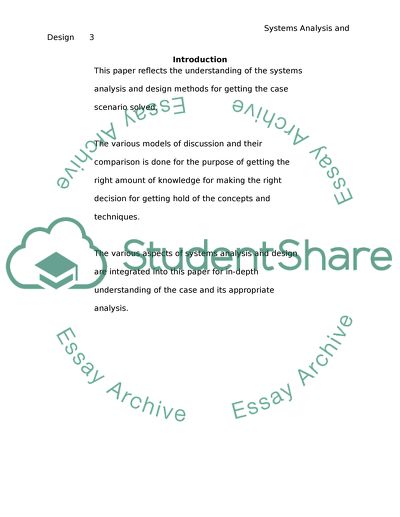Cite this document
(“System analysis Essay Example | Topics and Well Written Essays - 2250 words”, n.d.)
System analysis Essay Example | Topics and Well Written Essays - 2250 words. Retrieved from https://studentshare.org/miscellaneous/1543878-system-analysis
System analysis Essay Example | Topics and Well Written Essays - 2250 words. Retrieved from https://studentshare.org/miscellaneous/1543878-system-analysis
(System Analysis Essay Example | Topics and Well Written Essays - 2250 Words)
System Analysis Essay Example | Topics and Well Written Essays - 2250 Words. https://studentshare.org/miscellaneous/1543878-system-analysis.
System Analysis Essay Example | Topics and Well Written Essays - 2250 Words. https://studentshare.org/miscellaneous/1543878-system-analysis.
“System Analysis Essay Example | Topics and Well Written Essays - 2250 Words”, n.d. https://studentshare.org/miscellaneous/1543878-system-analysis.


